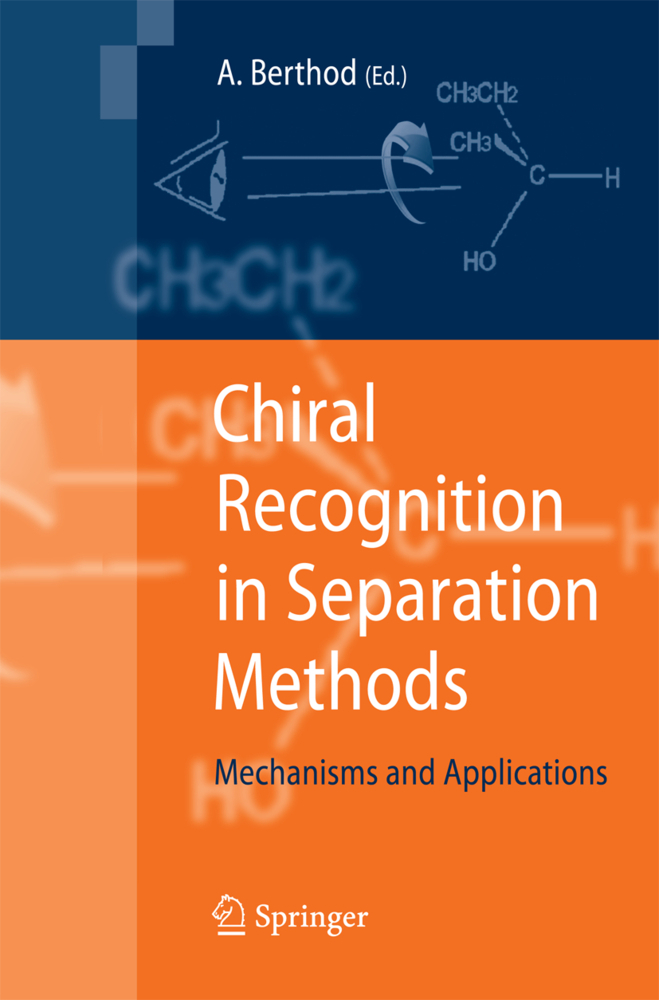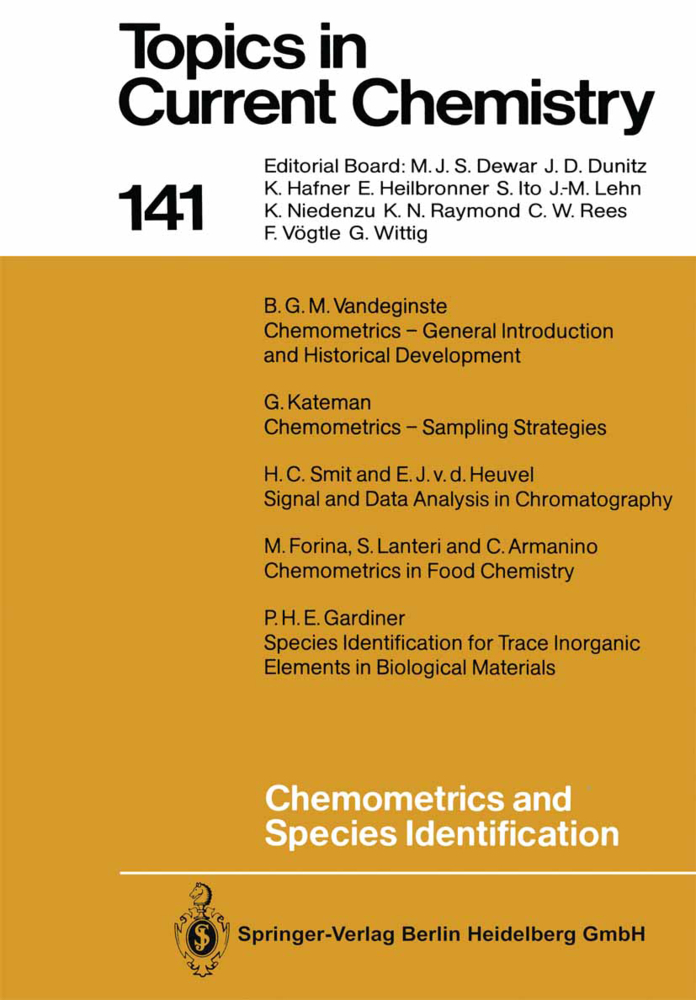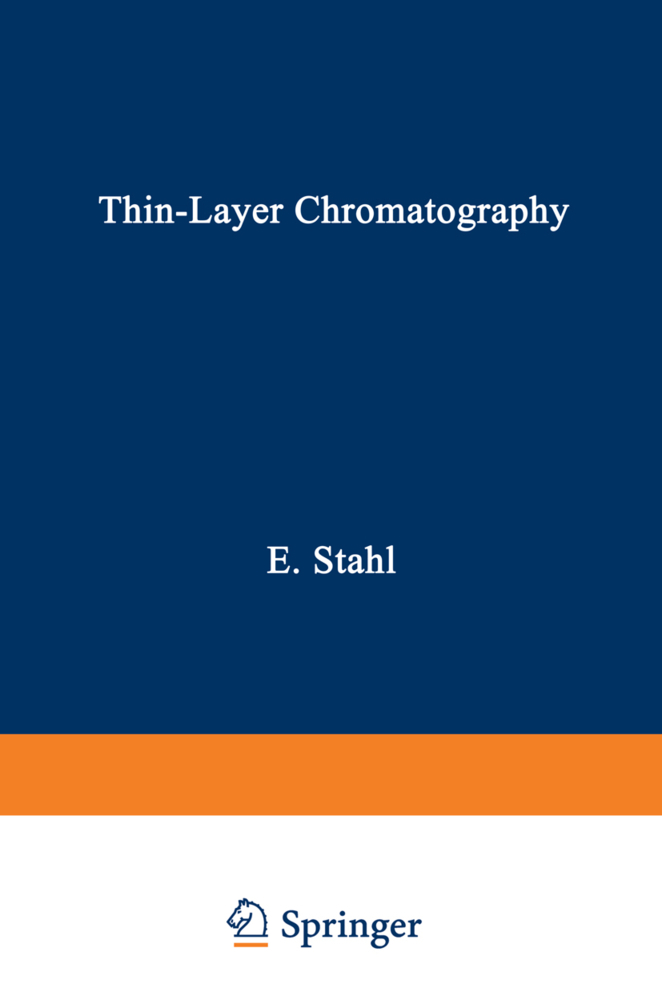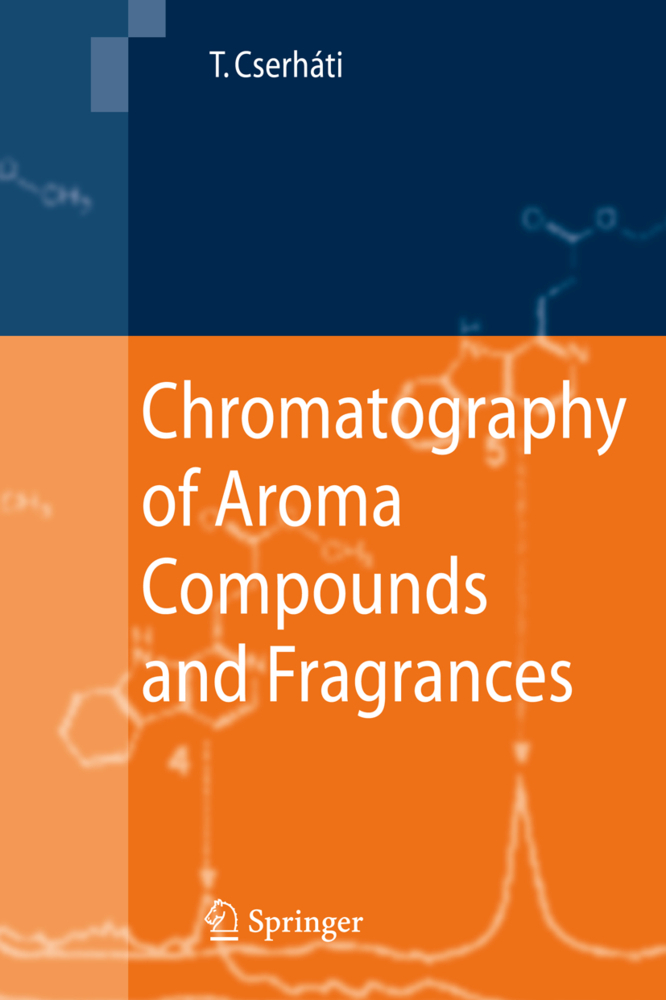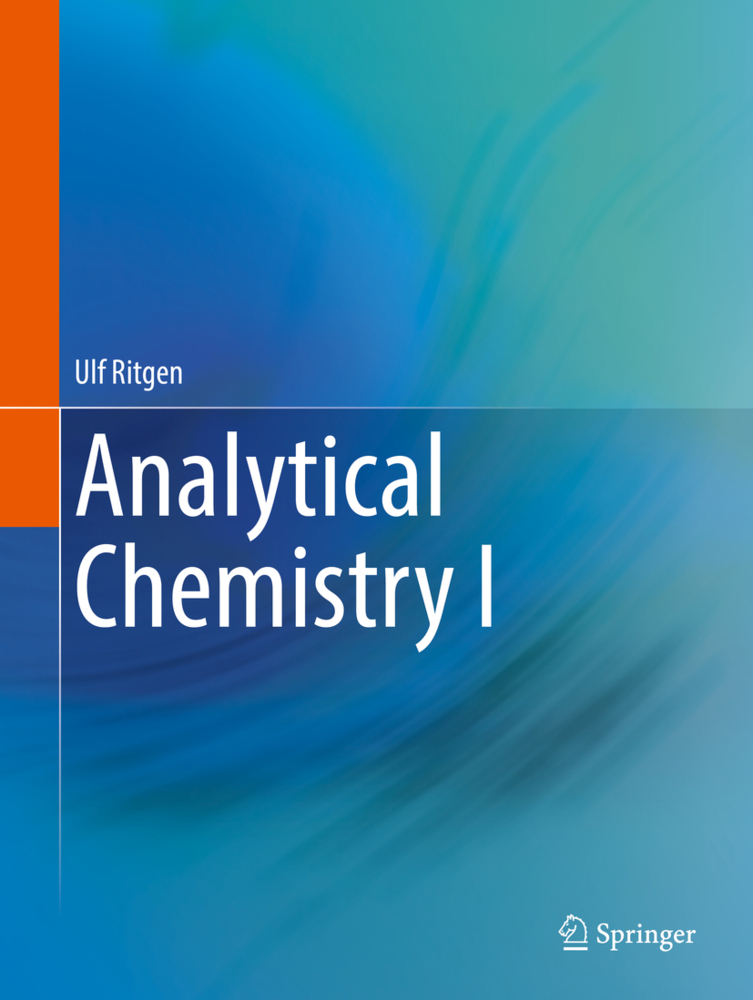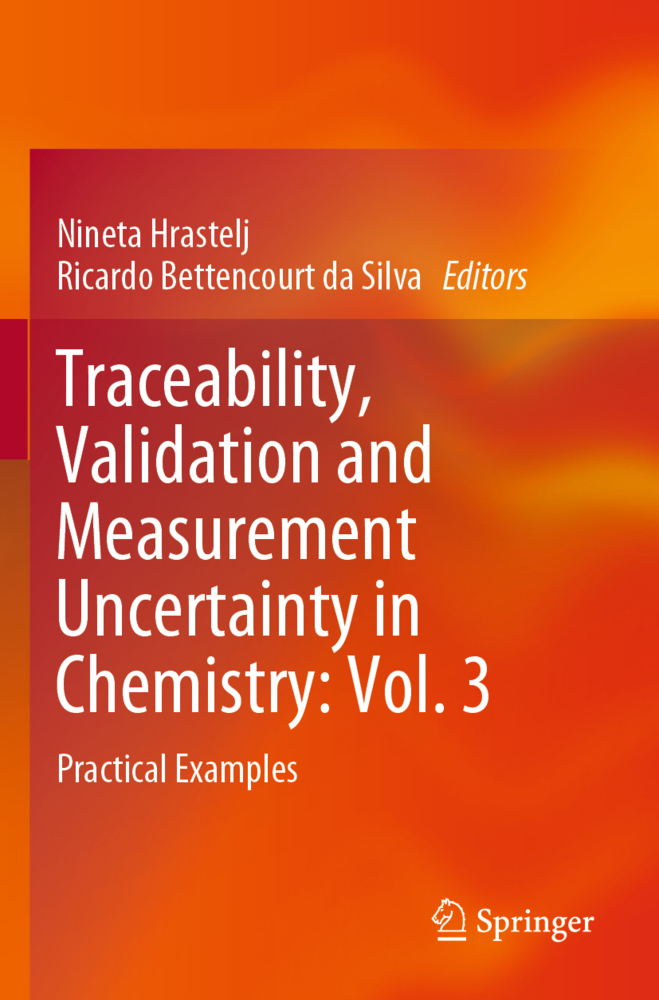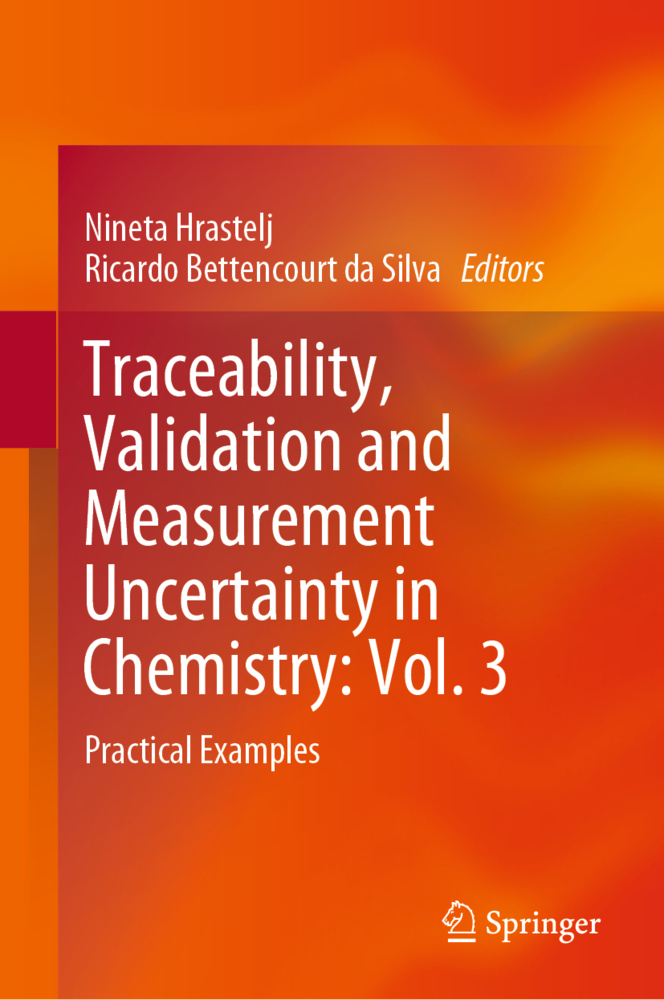Chiral Recognition in Separation Methods
Mechanisms and Applications
Chiral Recognition in Separation Methods
Mechanisms and Applications
What drives a scientist to edit a book on a speci c scienti c subject such as chiral mechanisms in separation methods? Until December 2005, the journal Analytical Chemistry of the American Chemical Society (Washington, DC) had an A-page section that was dedicated to simple and clear presentations of the most recent te- niques or the state of the art in a particular eld or topic. The "A-page" section was prepared for a broad audience of chemists including industrial professionals, s- dents as well as academics looking for information outside their eld of expertise. 1 Daniel W. Armstrong, one of the editors of this journal and a twenty-year+ long friend, invited me to present my view on chiral recognition mechanisms in a simple and clear way in an "A-page" article. In 2006, the "A-page" section was maintained as the rst articles at the beginning of each rst bi-monthly issue but the pagination was no longer page distinguished from the regular research articles published by the journal. During the time between the invitation and the submission, the A-page section was integrated into the rest of the journal and the article appeared as (2006) Anal Chem (78):2093-2099.
Description and Evaluation of Chiral Interactive Sites on Bonded Cyclodextrin Stationary Phases for Liquid Chromatography
Cyclofructans, a New Class of Chiral Stationary Phases
Chiral Recognition and Enantioseparation Mechanisms in Capillary Electrokinetic Chromatography
Chiral Recognition Mechanism: Practical Considerations for Pharmaceutical Analysis of Chiral Compounds
Chiral Recognition with Macrocyclic Glycopeptides: Mechanisms and Applications
Vancomycin Molecular Interactions: Antibiotic and Enantioselective Mechanisms
Enantioselective Recognition in Solution: The Case of Countercurrent Chromatography
Enantioselective Properties of Nucleic Acid Aptamer Molecular Recognition Elements
Chiral Ionic Liquids in Chromatographic Separation and Spectroscopic Discrimination.
Chiral Recognition Mechanisms in Enantiomers Separations: A General View
Preparation and Chiral Recognition of Polysaccharide-Based SelectorsDescription and Evaluation of Chiral Interactive Sites on Bonded Cyclodextrin Stationary Phases for Liquid Chromatography
Cyclofructans, a New Class of Chiral Stationary Phases
Chiral Recognition and Enantioseparation Mechanisms in Capillary Electrokinetic Chromatography
Chiral Recognition Mechanism: Practical Considerations for Pharmaceutical Analysis of Chiral Compounds
Chiral Recognition with Macrocyclic Glycopeptides: Mechanisms and Applications
Vancomycin Molecular Interactions: Antibiotic and Enantioselective Mechanisms
Enantioselective Recognition in Solution: The Case of Countercurrent Chromatography
Enantioselective Properties of Nucleic Acid Aptamer Molecular Recognition Elements
Chiral Ionic Liquids in Chromatographic Separation and Spectroscopic Discrimination.
Berthod, Alain
| ISBN | 978-3-642-42369-7 |
|---|---|
| Medientyp | Buch |
| Copyrightjahr | 2014 |
| Verlag | Springer, Berlin |
| Umfang | XIV, 337 Seiten |
| Sprache | Englisch |

